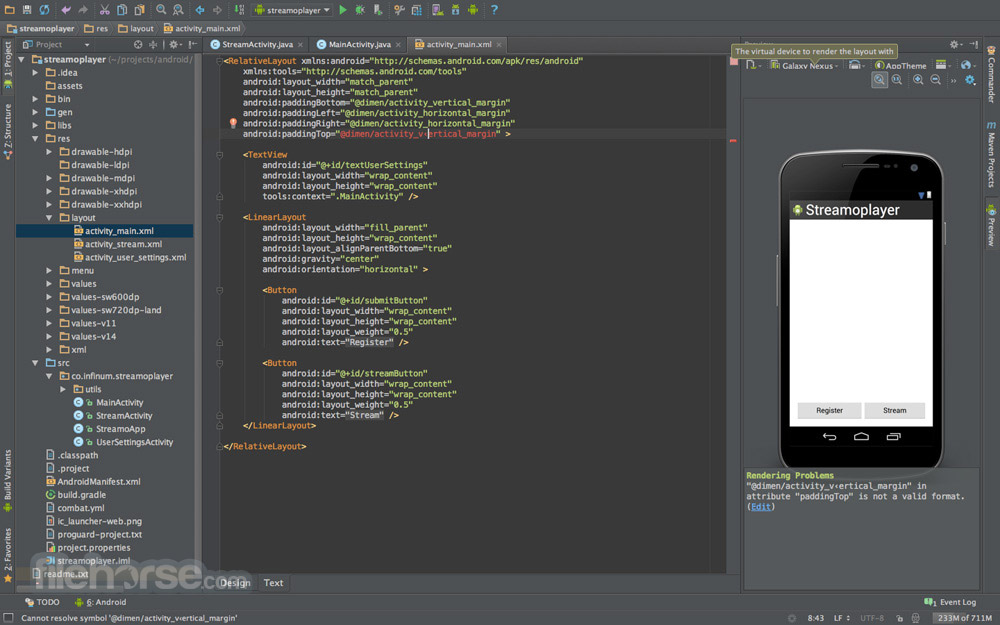

- Which version of android studio supports ndk how to#
- Which version of android studio supports ndk apk#
This is why an armeabi build will be given a prefix of 1 as this build will also be able to run a armeabi-v7a device (2) and in some cases a x86 device (8) due to a proprietary ARM translation layer called libhoudini.
Which version of android studio supports ndk apk#
Remember, if a users device is compatible with more than one APK for an application the device will receive the version with the highest version code. The order is based on way the Play store works with multiple APKs. The order of the ABI numbers are important as is the length of the 8 digit versionCode. Assuming we want to build our app with versionCode 101, Our aim is to produce the following results:įigure 2: Example versionCode values for each ABI We are going alter the adle file to automatically generate a unique version number for each ABI. Format for individual versionCodes per ABIĮach ABI needs to have an unique versionCode before it can be uploaded to the play store. Here is an example of version information added directly into the AndroidManifest.xml. While this works well for static version information we need to use the new Android Gradle build system to be able to dynamically generate version information. It is possible that you are maintaining existing apps which only specify the version in the AndroidManifest.xml. The snippet from a ade script below shows the default versionCode and versionName that Android Studio will apply to a new project.ĪpplicationId "" When I mention the version I am not referring to the version that is visible to the user, which is specified as the versionName, I am talking about the internal version which is a numerical versionCode that indicates an ascending order of releases. The versionCode needs to be unique as it is possible that a users device is compatible with more than one APK, when this happens they will receive the version with the highest versionCode. The only way for a developer to distribute an app, with different APKs, to users on different devices is to have a unique versionCode and to ensure each APK is targeting different devices. Figure 1, below, shows the impact on size when shipping SQLCipher native libraries in a basic APK.įigure 1: Size increase when including SQLCipher Play Store requirement for unique versionCode per ABI
Which version of android studio supports ndk how to#
I have previously described how to use SQLCipher in an Android app which discussed this tradeoff.

The advantage of one universal APK is that it is simple to deploy and maintain your app, the disadvantage is that you potentially could have a substantial increase in APK size. You need to make an educated and considered decision about if you distribute one APK that includes all native libraries or multiple APKs. You are concerned about APK bloat caused by these native libraries.You already have static native libraries (.so) built with the Android NDK.You are distributing your app through the Google Play store.You are using Android Studio 1.2+ and using the Android gradle plugin build system.Each APK will include only the native libraries for a specific ABI. This article does not follow that path and discusses how to build, upload and manage separate APKs for your app. The recommended distribution method for your APK is to distribute one APK that contains all the static native libraries for all the ABIs being targeted. An ABI is different for each combination of CPU and the instruction set supported. Different Android devices use different CPU’s architecture, which have support for different instruction sets. You have to include a specific build of native libraries for every architecture you want to target, or to be more technically correct every ABI (Application Binary Interface) you are targeting. Distributing native libraries with your APK adds complexity to your build process and can bloat the size of your APK.


 0 kommentar(er)
0 kommentar(er)
